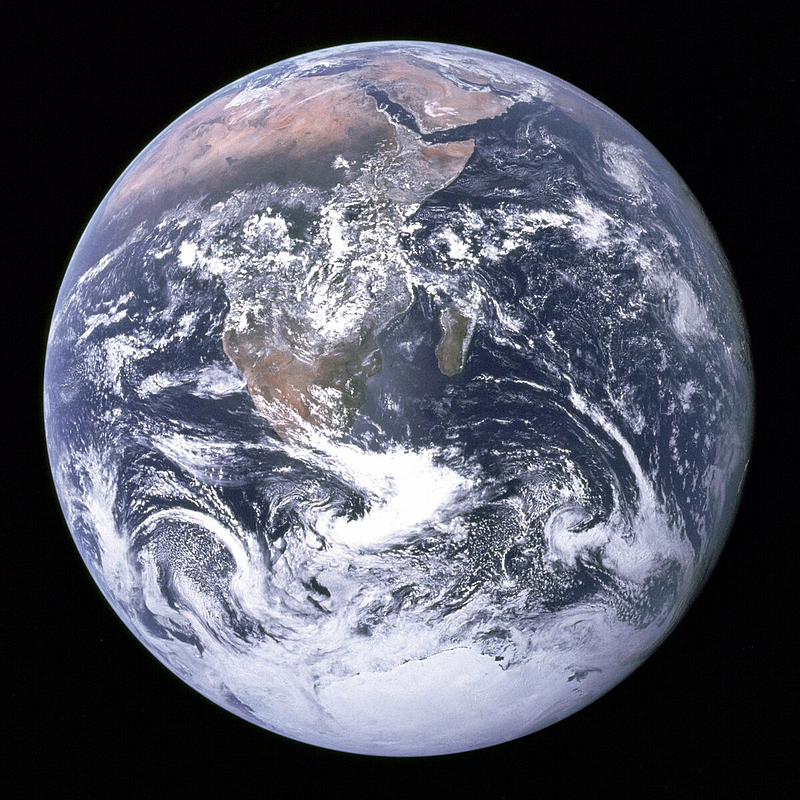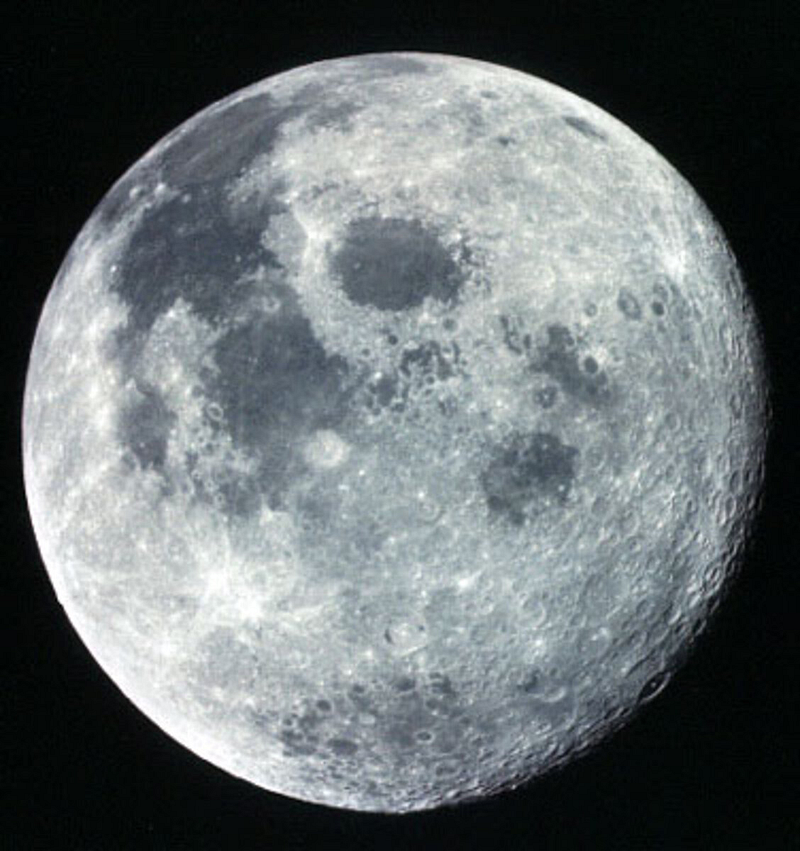The Moon's Perfect Roundness: Why Not Like Earth?
Written on
Understanding Earth's Shape
A reader recently posed an intriguing question: Why does the Moon appear perfectly round when the Earth is slightly flattened at the poles? This query touches on fundamental principles of physics and celestial mechanics.
Indeed, while the Earth is not a perfect sphere, it has a minor flattening at the poles. The equatorial radius of Earth measures 6,378.1 km, whereas the polar radius is 6,356.8 km, resulting in a minimal difference of 21 km. This discrepancy is only about 0.32% of the planet's overall size.

A fascinating example can be found in the world of snooker. In a notable incident, Ding Junhui, the runner-up of the 2016 World Snooker Championship, identified a flaw in a snooker ball based on its rolling behavior. Precision measurements revealed a 0.5% flattening in the ball's radius, which is imperceptible to the human eye.
This slight flattening of Earth is attributable to its rotation. The centrifugal force generated by this rotation slightly stretches the planet at the equator, while this force diminishes as one moves toward the poles, ultimately vanishing completely at the poles.

A prevalent misconception, perhaps stemming from children’s geographical atlases from the Soviet era, is that the Earth is significantly flattened. However, if an observer were to view Earth from the Moon, they would perceive it as a perfect sphere due to the minimal difference between its polar and equatorial measurements—an aspect that is not detectable by the naked eye.

The Moon is subject to similar physical laws, but its dimensions and rotation speed differ considerably. The Moon’s radius is approximately 3.5 times smaller than that of Earth, and it rotates around its axis roughly 100 times slower. Consequently, the centrifugal force at the Moon’s equator is far less impactful than on Earth.

As a result, the Moon’s equatorial radius is 1,738.1 km, while its polar radius is 1,736 km, leading to a mere 2 km difference, or 0.11% of its total radius. This minor variation makes the Moon appear almost perfectly round to the naked eye, despite the fact that it is not a flawless sphere.
The Cosmic Perspective
The first video, "Is the Earth Really Round? | My Amazing Earth | BBC Earth Science," provides an engaging exploration of Earth's shape, addressing common misconceptions and illustrating the science behind our planet's geometry.
In the second video, "Flat Earth vs. Round Earth | Explorer," various arguments surrounding the Earth's shape are examined, offering viewers a deeper understanding of this intriguing topic.
Conclusion and Call to Action
To stay updated on more fascinating articles about space, feel free to clap! You can also subscribe to our channel and submit your questions for future discussions. If you appreciate my work, consider becoming a medium member for just $5 monthly. Your support will help us produce even more engaging content.